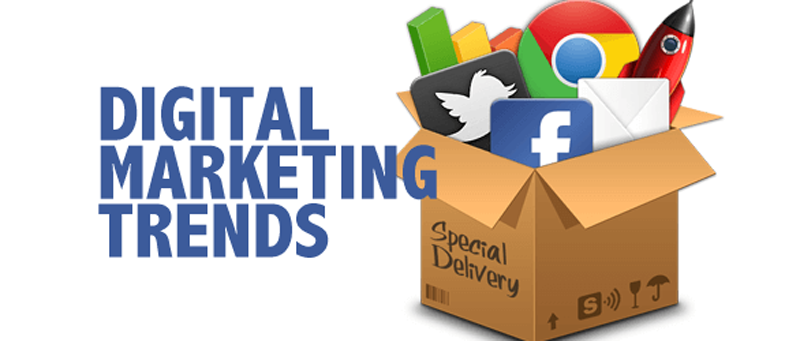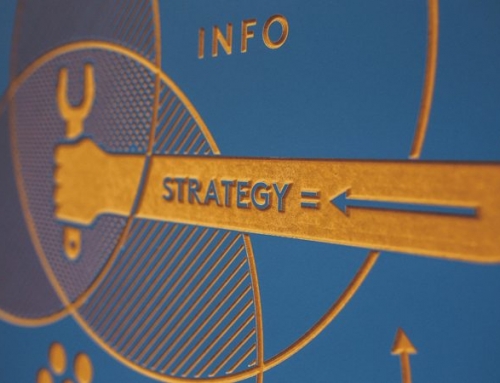The most successful digital marketing campaigns are those that establish trends, rather than follow them. Being brave, innovative and as organised as possible when it comes to scheduling means you can turn heads for all the right reasons. Here’s Probella’s guide to trend setting in digital marketing.
New perspectives on traditional ideas
Fresh perspectives can give traditional ideas a new lease of life, especially in industries that feel as if they have stagnated. Take Uber, for example. Though their business practices have been criticised by some, their fresh approach to taxi services has made them one of the best-known online businesses on the planet in a relatively short space of time. The app-based interface, which includes clear pricing information, as well as practical details such as driver name, vehicle registration and estimated arrival time revolutionised the way people in cities make short journeys. To use this approach, businesses need to spend time analysing their industry so they can identify problematic areas they can potentially improve.
Courting Controversy (Carefully)
This is tricky one. Sometimes controversial campaigns can provide a launch pad for a fledgling company, other times it can be extremely damaging. Using shock tactics or deliberately challenging perceptions is something that must be undertaken very carefully. Understanding cultural sensitivities and establishing where the metaphorical “line in the sand” might be is essential. The aim is to provoke a positive reaction, such as humour or a sense of empowerment. Many health and beauty products aimed at women are now leading campaigns with a fresh approach to body images. Rather than showcasing the stereotypical supermodel style figure, the models and actors who are used in adverts are everyday people, with everyday bodies. Similarly, products that have been aimed at a largely male customer base are now taking a far more inclusive approach.
Innovation and Technology
Innovation should be at the heart of everything you do if you want to be at the top of your marketing game. Embracing new technology as soon as it is announced is essential. Live chat, video marketing, pop ups, SMS alerts and push notifications are all inventions of the past decade or so and the companies who picked up on them first are the ones who are now reaping the benefits. The pace of development and technological progress won’t slow down any time soon, so keeping abreast of the all the new developments in your own industry should be part and parcel of your working day. Companies who ignore innovation will inevitably get left behind. Though there is sometimes a kernel of truth in the old adage “if it isn’t broken, don’t fix it” sticking to old fashioned methods will ultimately limit your potential reach when it comes to finding new audiences.
Early Adopters and the Cutting Edge
When it comes to setting trends, it’s important to capitalise on customers who like to be early adopters of new, cutting edge technology. When the very first iPhone was released, it was considered something of luxury item that was ultimately something of a gimmick, rather than a necessity. Fast forward a few years and the interactive technology including maps, contactless payments and photo editing software are now commonplace in literally every smartphone available on the market today.
To capitalise on early adopters, companies need to make sure they’re well ahead of the curve when it comes to design and technology. Rather than marketing to a burgeoning industry, you’re trying to one of the main influences in actually creating a new sector of growth.
Going Against the Grain
This is something we’ve discussed previously in our blog but when it comes to trend setting, this practice is something that can provide huge rewards, if done correctly. If all of your competitors use formal, business friendly language, full of oblique buzz words, why not try a simpler, more human approach? Conversely, if your marketplace is saturated with companies who use relaxed, informal, conversational style of communication, why not try something a little more professional sounding? The key isn’t to be different its own sake, but to present yourself in a way that seems refreshing, new and appealing.
There are some great examples of this in the last decade, including challenger banks and mobile phone providers. Both industries began to adopt a very simple, user friendly approach that focuses on transparency and an absence of the typically oblique or confusing language that characterised many of the sector’s earliest successes. Being allowed to cancel contracts with minimal notice, no joining fees and the option to manage your preferences online are all now standard features that would have been seen as radical innovations a decade ago. It’s this kind of forward thinking that identifies businesses as leaders, as opposed to followers.
Be Human
In digital marketing, chatbots, automated email replies and a general lack of real human interaction are beginning to alienate customers. If you want to set trends, try to cut through the impersonal customer service practices by allowing your users to interact with a real person. This could be by phone, email or instant message, all that really matters is that your customers feel as if they are being taken care of by staff who know exactly what they’re doing. It might sound simple, but this is still a very rare occurrence in the online world especially when it comes to managing complaints and negative feedback.
When it comes to direct emails and social media content, write in a way that sounds welcoming, engaging and genuine. Nobody wants to read business jargon or content that sounds disingenuous, so make sure you’re writing comes across naturally and with a sense of personality. This human touch is still something that is routinely overlooked by businesses of all sizes. Being professional doesn’t mean being cold and impersonal. Just like face to face interactions in shops and restaurants, customers will always respond more positively to a warm, friendly tone than a scripted conversation that feels forced and unnatural.






